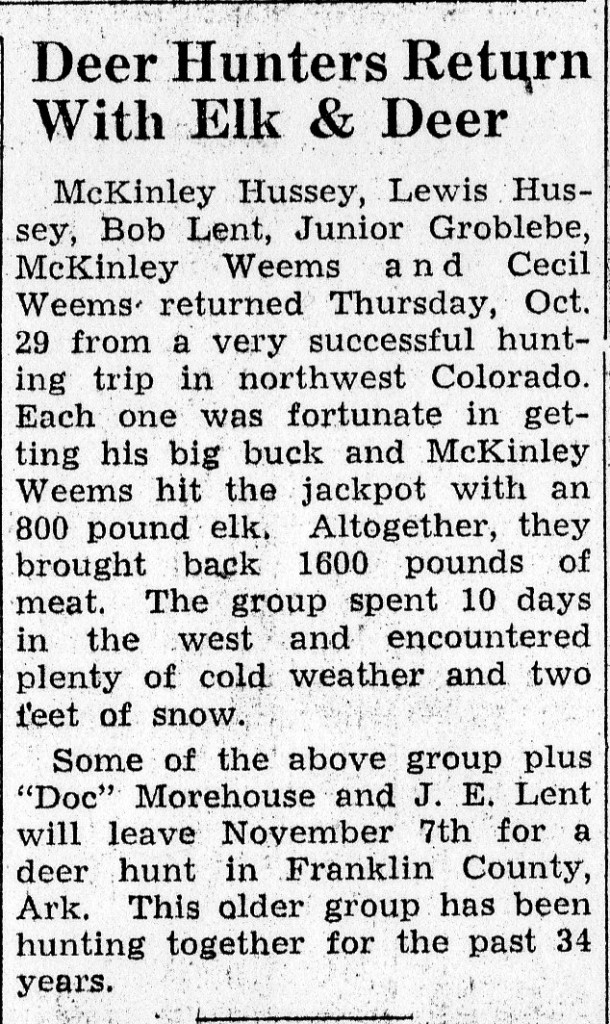I’ve always thought that it isn’t the height of her hills that make the Ozarks unique, but rather the depth of her hollows. Twenty years ago, I had been to Seligman, Missouri via federally funded pavement when I decided to return home using the rough, scenic shortcut through Butler Hollow.
It must have recently rained, because when I drove down a dip in the road and crossed a creek branch, the engine of my little gray Chevy pickup stalled. Because that wasn’t my first dead engine after crossing water, I decided to give it some time to dry out. I waited and turned the key. No luck. I tinkered and waited and turned the key. Still no good. Finally, darkness came upon me. Because this happened during that primitive time before widespread cellular communication, I decided to knock on doors and beg assistance.
I walked down the road enjoying the night sounds. With no particular place to be, I was rather enjoying my little adventure. I heard the call of a whip-poor-will and when it came into view, the distinct squat bird was in the middle of the road in a pool of clear moonlight. I tried to skirt the bird the best I could so as not to disturb it, when suddenly it was up off the ground and I felt its body slam into the side of my head. Startled, I ducked down and trotted into the deep shadows of the trees ahead, when the bird slammed into the back of my head. I now ran full speed down the dark country road. The bird swooped in and landed on top of my head either pecking or clawing. I escaped alive. Ground nesting birds are either tough or dead, I suppose.
There are a handful of houses along the east side of the road in that Arkansas section of Butler Hollow, but no one seemed to be home, except maybe at the house with the pack of inhospitable canines. Five miles from where I broke down, I did find Smead Walden at home watching the ten o’clock news. After quizzing me about my family tree, he allowed me to use the telephone. Help arrived and we returned to my pickup. It started up without problem.



